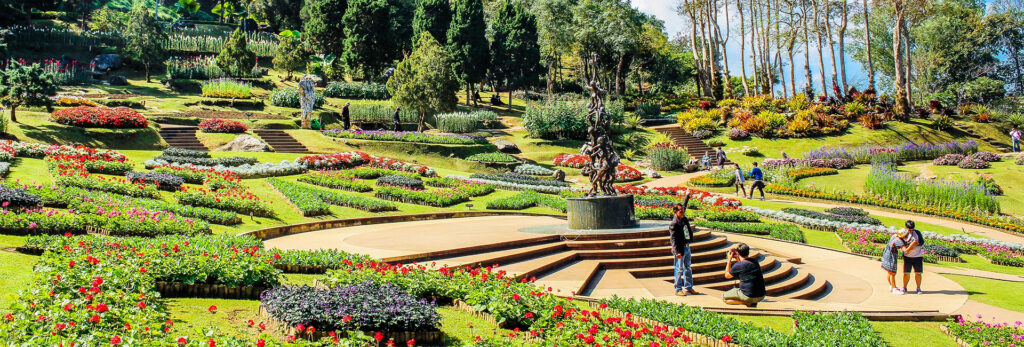See How Easily You Can Get in Touch With Landscaping Concepts

Landscaping refers to the practice of modifying the visible features of an area of land, including living elements such as flora and fauna, and non-living elements such as natural rocks, bodies of water and man-made structures. The goal of landscaping is to create a beautiful, functional and sustainable outdoor space that complements the natural environment and enhances the overall quality of life.
Designing a landscape starts with understanding the site, including its microclimate, soil type and natural drainage. This information helps determine what plants will thrive in the area and the best way to arrange them for maximum impact and minimum maintenance. A well-designed landscape should also consider the existing structures, such as the home and surrounding buildings, and incorporate them into the overall design.
One of the key elements of landscaping is selecting the right plants. A variety of trees, shrubs, perennials, annuals and groundcovers can be used to create a visually appealing and functional landscape. Plant selection should be based on factors such as size, shape, color, texture and flowering characteristics. As well as the plant’s hardiness and suitability for the specific site conditions. The use of native plants is often recommended as they are better adapted to local conditions and are often easier to care for.
Further Importance
Another important aspect of landscaping is the use of hardscaping elements, such as pavers, retaining walls, and garden features like fountains, arbors and pergolas. These elements can be used to create outdoor living spaces, define garden areas, and enhance the overall design. When selecting hardscaping elements, it is important to consider their functionality and durability, as well as their style and aesthetic appeal.
Lighting is also an important aspect of landscaping and can be used to highlight specific features. And provide a sense of security, and extend the use of outdoor spaces into the evening. A combination of outdoor lighting options, such as low-voltage LED lights, lanterns, and spotlights, can be used to create a variety of effects and moods.
Water features, such as fountains, streams and ponds, can also play a significant role in landscaping. Not only do they add visual interest and beauty, but they also help to create a sense of peace and tranquility. In addition, water features can provide a habitat for wildlife. And also, help to create a more balanced ecosystem in the landscape.
Maintaining a landscape requires regular care and attention to ensure that plants and other elements remain healthy and attractive. This includes watering, pruning, mulching, and weed control, as well as regular pest control measures. A well-maintained landscape can add value to a property and provide a source of pride and enjoyment for its owners.
Conclusion
In conclusion, landscaping is a valuable investment that can enhance the beauty, value, and quality of life of any property. A well-designed landscape should take into account the natural features of the site. As well as the specific needs and preferences of the owner. With careful planning and attention to detail, a beautiful, functional and sustainable landscape can be created. And that will provide years of enjoyment and satisfaction.
Related Articles
https://bizmaster.lk/gardening/importance-of-having-herb-garden/
.
